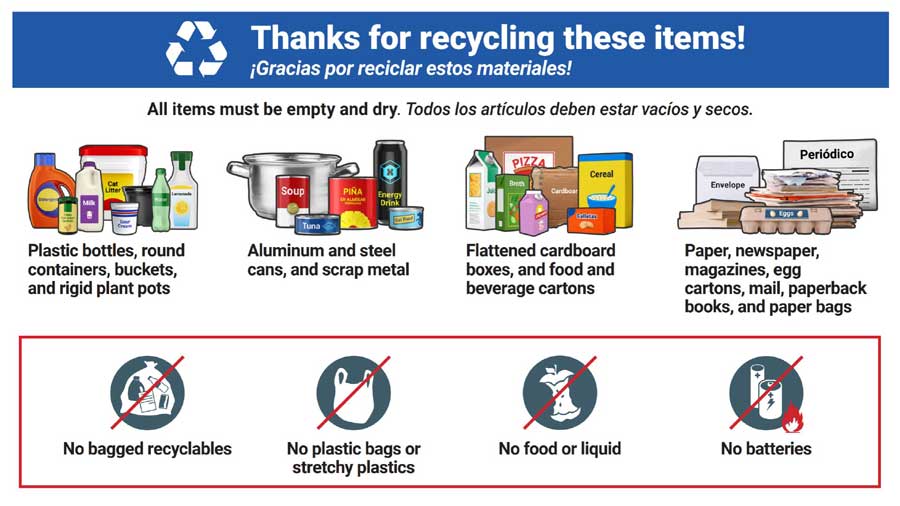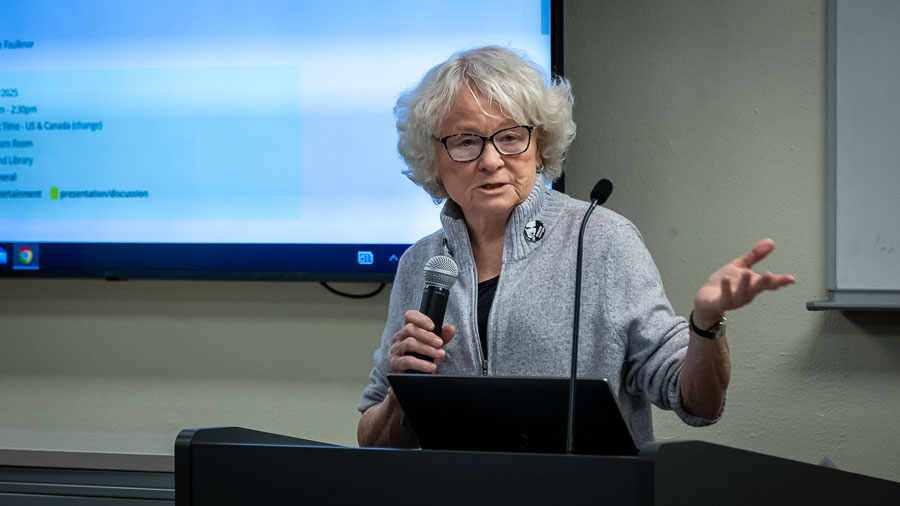OTHER VIEWS: State needs to take action on reversing nurse shortage
Published 5:00 am Friday, March 29, 2024

- other views logo
Oregon is the worst at something. The state produces the fewest nursing graduates per capita from its public institutions.
Oregon does slightly better when you include private institutions. Oregon then graduates the third-fewest per capita in the United States.
Still, not impressive.
The lack of new graduates contributes to a shortage of nurses needed to meet the demand in health care. And that has a ripple effect for your doctor’s office, your hospital and maybe the care you receive.
It’s not that there are just too few people attending college in Oregon who are qualified to be nurses or interested in the profession. Of the 21 programs in the state, most did not accept more than 50% of the qualified applicants.
It’s a statewide problem. There is not one region of the state that is providing enough registered nurses to meet regional demand. And many nurses tend to work in the same region in which they graduate.
One solution state policymakers are looking at is increasing learning opportunities for students. A problem is the salaries paid to graduate-level nursing faculty. Teaching salaries are not competitive with working directly in health care.
Gaps in nursing faculty have proven difficult to fill.
Of course, some people may choose teaching anyway. But money can matter when people make decisions. Increasing faculty salaries by about $6,000 a year may be enough to lure more nurses into teaching, some research suggests.
What should Oregon do?
It may convene a workgroup of the interested parties on the wage gap led by Oregon’s High Education Coordinating Commission.
That sounds like a good start. But there are many more issues in nursing. They also need solutions.










